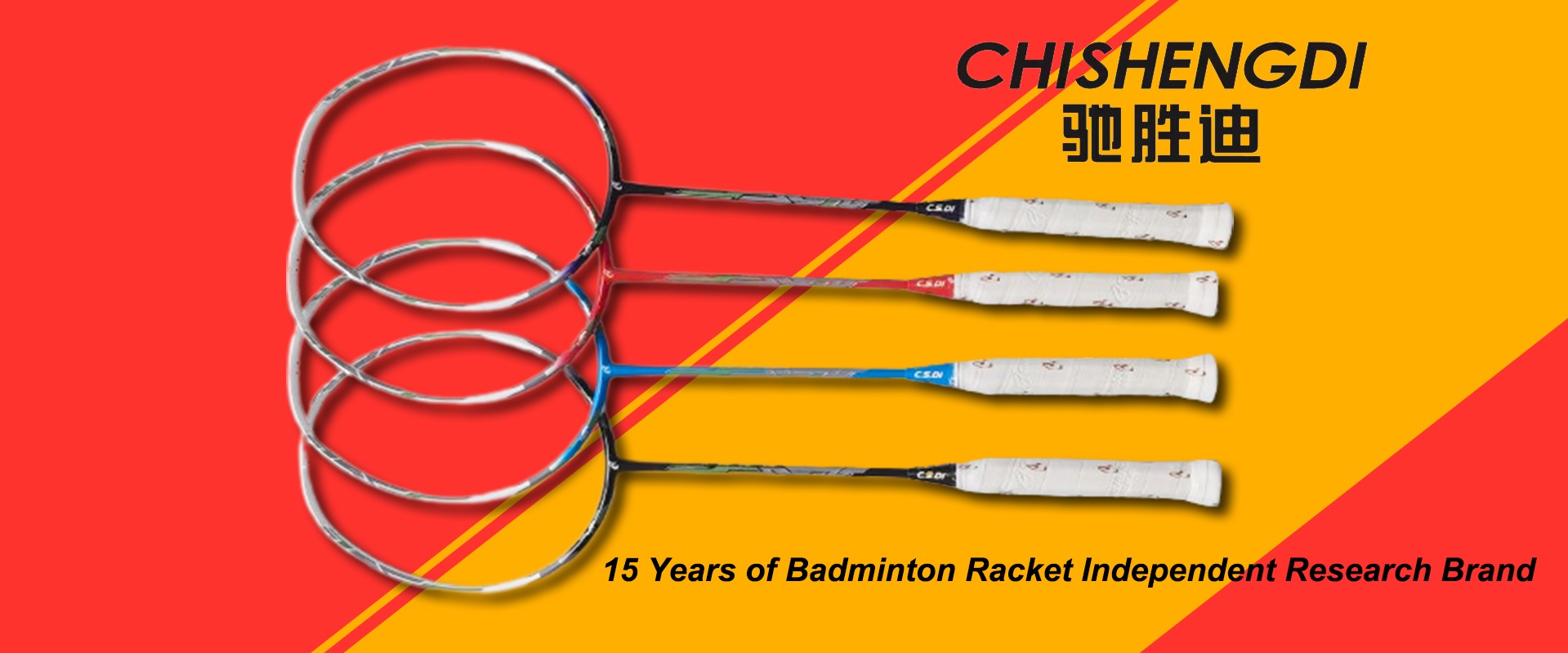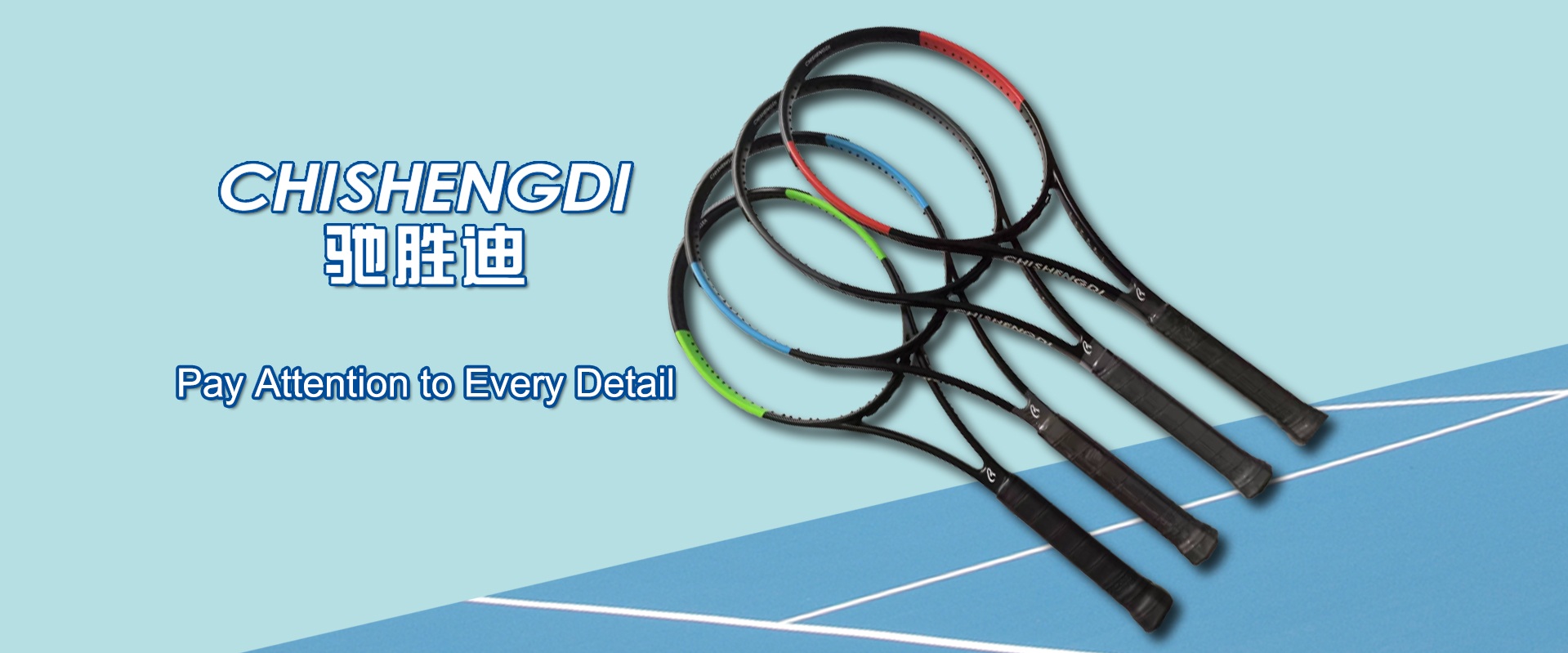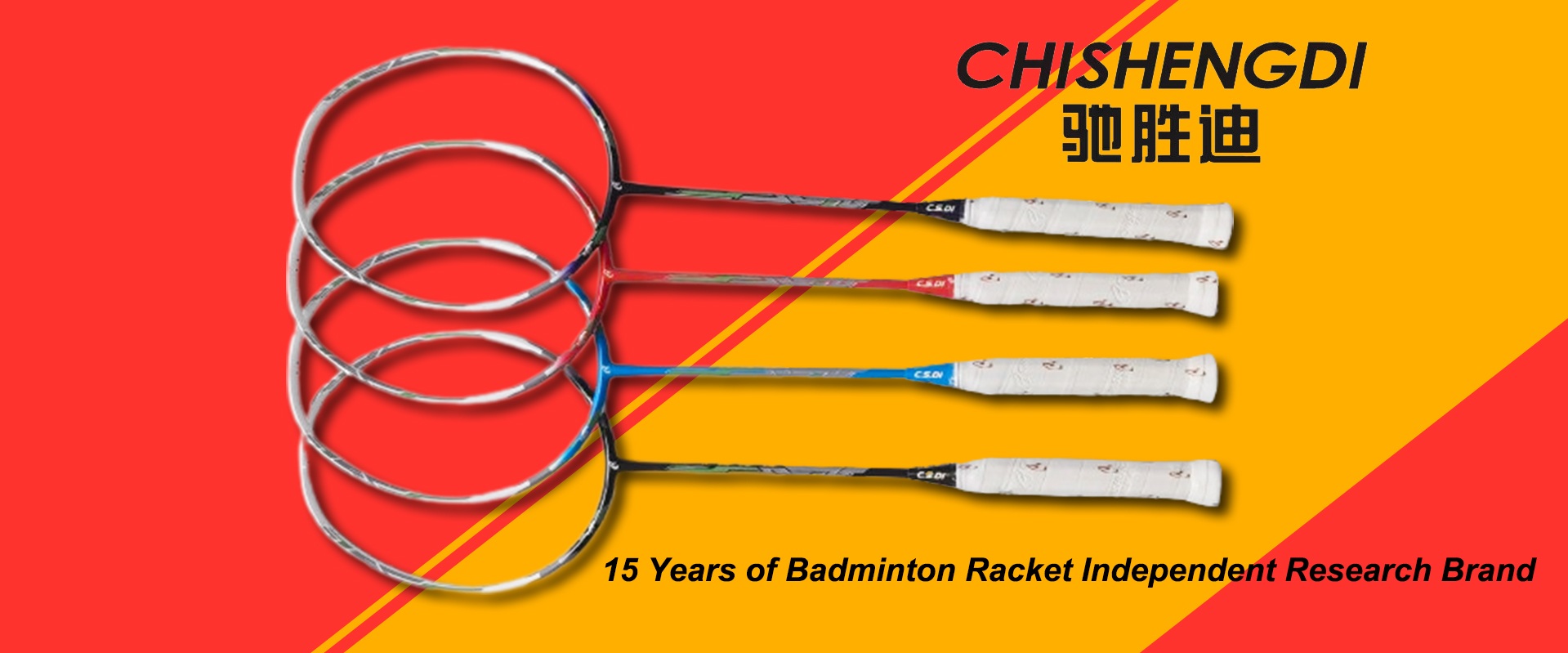+86-13959788969
As the core equipment in badminton, the design, material, and performance of badminton rackets play a crucial role in the players' performance. This article will provide a detailed introduction from three aspects: the function, types, and purchasing guide of badminton rackets, to help badminton enthusiasts better understand and choose the racket that suits them.
1、 The function of badminton racket
A badminton racket is a bridge connecting players and badminton, controlling the flight path, speed, and rotation of the shuttlecock through the player's swing movements. A good badminton racket can not only help players better control the ball path, improve hitting accuracy and stability, but also optimize the hitting effect according to the player's power characteristics, thus gaining an advantage in the game. Specifically, the role of badminton rackets is mainly reflected in the following aspects:
Shot control: By adjusting the shape, material, and elasticity of the racket, it affects the flight trajectory and speed of the shuttlecock, allowing players to hit the target area more accurately.
Power transmission: Good racket design and material selection can effectively transmit the player's power and enhance the hitting power, especially in powerful hitting movements such as kills and high shots.
Reduce vibration: A good badminton racket, through reasonable structural design and material application, can reduce vibration during hitting, protect players' wrists and arms, and reduce sports injuries.
In addition, badminton rackets are also an important tool for players to showcase their personal style and technical level. Different racket designs, colors, and patterns can all reflect the unique personality and aesthetic taste of players.
2、 Types of badminton rackets
Badminton rackets can be classified according to different classification criteria, and the following are several common classification methods:
Classified by Material:
Wooden racket: Traditional material, now less used, due to its large weight and poor elasticity, it is difficult to meet the needs of modern badminton sports.
Metal racket: such as aluminum alloy racket, with moderate weight and good elasticity, but its durability is not as good as carbon fiber racket.
Carbon fiber racket: Made of modern mainstream materials, it is lightweight, strong, durable, and has good elasticity and shock absorption performance. Some beats will also incorporate high-tech elements such as titanium alloys and nanomaterials to enhance their performance.
Classified by type:
Offensive racket: The racket head is heavier and the balance point is closer to the racket head, making it suitable for offensive players to use. It can provide greater hitting power and faster swing speed.
Balance racket: The weight distribution of the racket head and handle is even, and the balance point is moderate, suitable for players who are both offensive and defensive.
Defensive racket: The racket handle is heavy and the balance point is close to the handle, making it suitable for defensive players to use. It can accelerate the reaction swing speed, improve the flexibility and stability of defense.
Classified by length:
Standard length racket: The length is about 675 millimeters (including the base), suitable for most adult players to use.
Extended racket: With a length exceeding 675 millimeters, the main extended parts are the racket shaft and handle, which can improve the hitting point and increase the flicker of the racket shaft, but may also increase the risk of injury and reduce flexibility.
3、 Badminton racket selection guide
Choosing a badminton racket that suits oneself requires consideration of multiple factors, including personal technical level, physical condition, playing style, and budget. Here are some specific purchasing suggestions:
Weight selection:
Powerful and attacking players can choose badminton rackets with heavier weights (such as 3U, about 85-89 grams) to provide greater hitting power.
Players with lower strength and a preference for control and defense can choose lighter badminton rackets (such as 4U, about 80-84 grams) to improve swing speed and flexibility.
Balance point selection:
Offensive players are suitable for choosing badminton rackets with heavy heads to increase the power of the hitting moment.
Defensive or controlling players are more suitable for choosing lightweight badminton rackets to improve handling and swing speed.
Material selection:
Carbon fiber material is the mainstream choice for modern badminton rackets, with advantages such as light weight, high strength, and good durability. Some beats will also use more advanced composite materials to enhance performance.
Screen size and shape:
A badminton racket with a larger racket face has a wider hitting area, suitable for beginners or players with insufficient strength; Those with smaller shooting surfaces have lower wind resistance, making them suitable for advanced players who pursue speed and control. Square shaped cameras are highly favored due to their larger sweet area.
Handle thickness:
Choosing a handle that fits your hand size (represented by G-value) can improve grip comfort and stability. Generally speaking, players with larger palms are suitable for choosing G4 or thicker handles, while those with smaller palms are suitable for choosing G5 or thinner handles.
Try playing experience:
Before purchasing, it is recommended to personally try out several rackets to experience the grip, weight, and handling performance of different brands and models. Find the badminton racket that suits you through practical experience.










